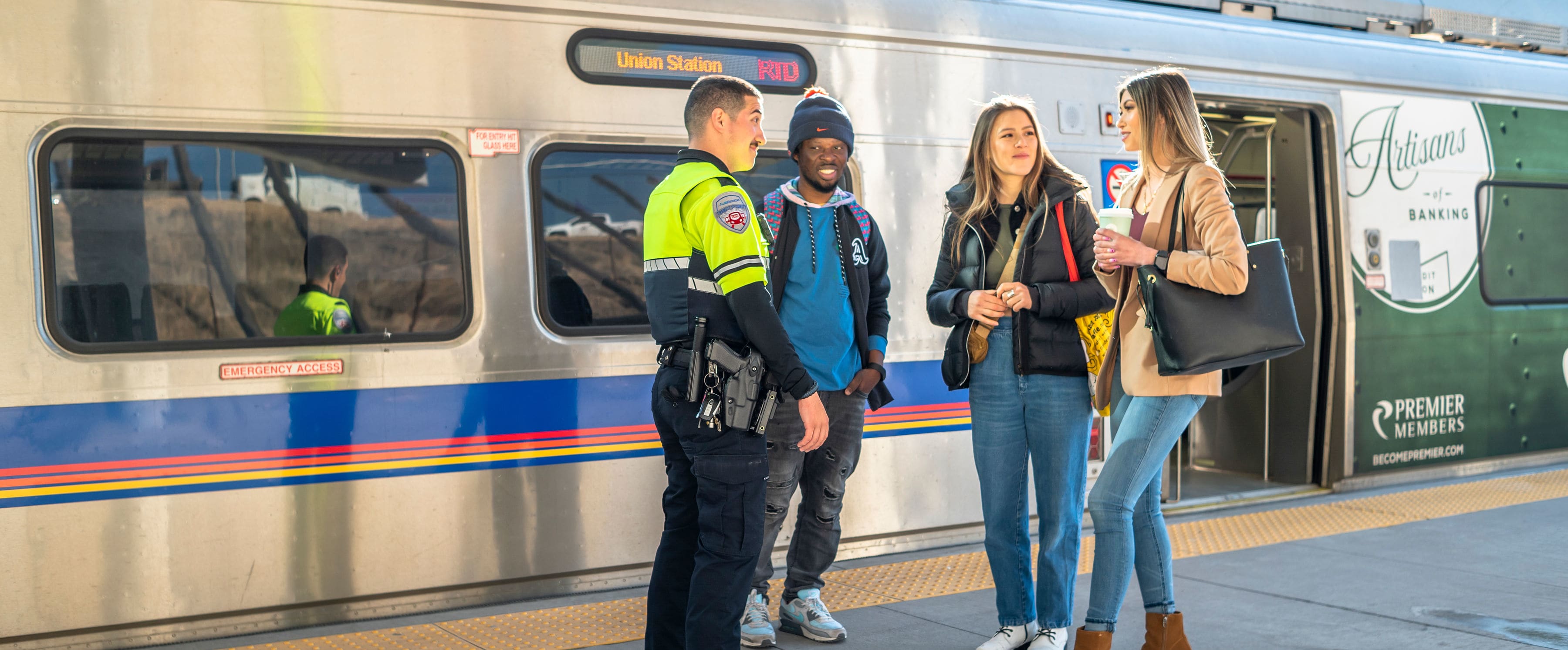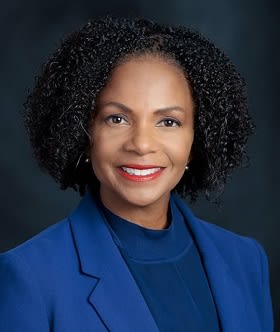
Strategic Plan
Our Mission, Vision, and Values
Letter from our General Manager and CEO

Four years ago, RTD charted a visionary course toward long-term success and sustainability by crafting a robust five-year Strategic Plan focused on the agency’s future state. Jointly developed by the Board of Directors, agency leaders, and consultants over several months, the Plan was adopted on August 10, 2021.
The Strategic Plan is RTD’s “north star,” and its four Strategic Priorities serve as the functional pillars upon which decisions are made in addition to being used to plan, develop, evaluate, and measure the agency’s overall performance:
- Community Value: RTD strives to be a strong community partner, providing value to customers as well as to the broader Denver metro region while sustaining planet Earth
- Customer Excellence: RTD strives to consistently deliver high-quality customer service
- Employee Ownership: RTD seeks to attract and retain a highly skilled and engaged workforce
- Financial Success: RTD takes very seriously the management of all financial resources
Leveraging the strategic framework found in this updated Plan document, we have collectively made great strides toward making RTD the public transit provider the Denver region’s residents and visitors have come to expect. The agency’s progress toward its long-term vision is a direct reflection of the commitment, dedication, and hard work of this agency’s 3,000+ employees and its elected Board of Directors.
While the Strategic Plan has successfully guided and informed the agency’s strategic endeavors over nearly four years, the journey that began in 2021 is far from over. RTD continues to evolve to meet the diverse mobility needs of customers and communities across the region, much as it has over the agency’s 56-year history. New challenges and opportunities arise, new partnerships are forged, new technologies emerge, the region’s population centers and activity hubs shift and expand, and all the while, RTD continues to rise to meet the occasion.
As I look back on my tenure with the agency, I am proud of what we have achieved collectively, and I am excited for the prospect of future successes. As I have said many times, RTD is on the precipice of change, and I stand proud to serve alongside the individuals who comprise this agency as we continue along this important journey. Together, as “One RTD,” we will shape a brighter future for this region.
Thank you,
Debra A. Johnson
General Manager and CEO
Strategic Priorities
RTD’s four Strategic Priorities are the functional pillars used to plan, develop, evaluate, and measure the agency’s overall performance throughout the life cycle of the 2021-2026 Strategic Plan.Access the full RTD Strategic Plan by clicking the button below.
Learn MoreTo receive the 2021—2026 Strategic Plan in another format, please email [email protected].
To review the Agency Performance Scorecard in more detail, click the button below.
Download the Agency Performance ScorecardStrategic Initiatives
The 2021-2026 Strategic Plan establishes the agency’s four Strategic Priorities, which serve as the functional pillars used to plan, develop, evaluate, and measure the agency’s overall performance. Progress toward these Strategic Priorities is measured by way of key operational performance data and responses to annual employee, customer, and community surveys. This information is then used to identify areas of opportunity for improvement. Strategic Initiatives and associated tactics are developed each year to improve agency performance in those specific areas. They are defined below.

Enhancing Public Trust
RTD seeks to bolster trust among the communities served by demonstrating good stewardship of taxpayer dollars and transit assets.

Building a Better RTD
RTD is future-focused on the advancement of its people power and the enhancement of its infrastructure.

Service Excellence
RTD recognizes the importance of reliably delivering high-quality transit service to support the mobility needs of transit customers.

Customer and Community Connections
RTD is committed to fostering community building and enriching the customer experience.
The 2025-2026 Strategic Initiatives are outlined in the 2025-26 Annual Scorecard linked below.
Download the Annual Scorecard